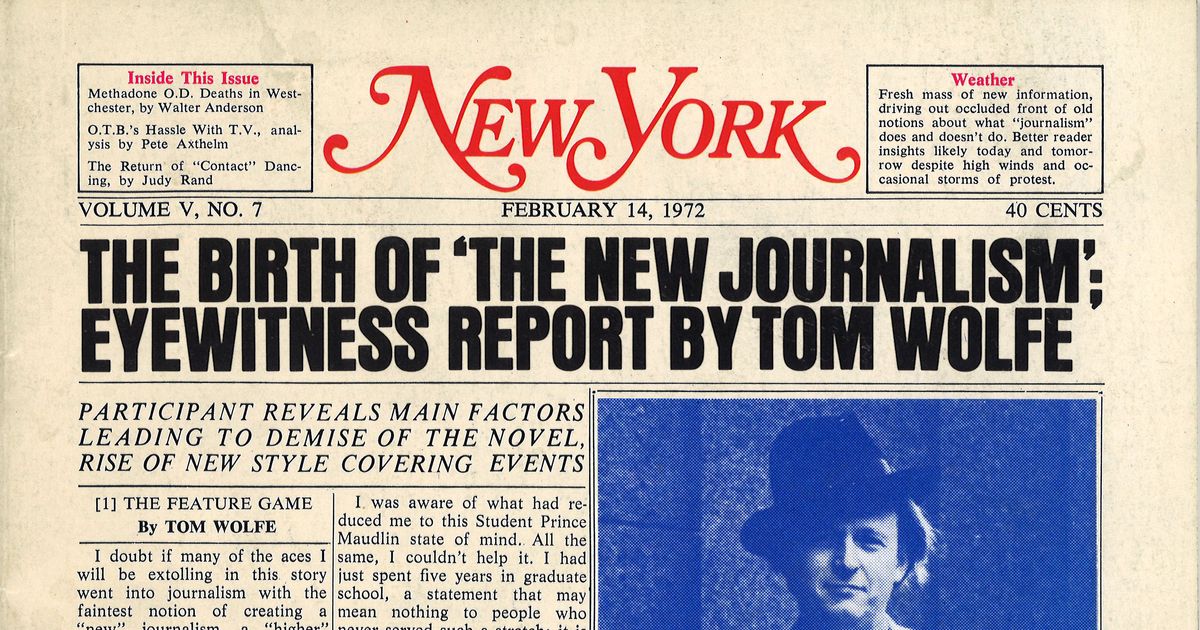The Basic Principles Of News Articles
The Basic Principles Of News Articles
Blog Article
Fascination About News Articles
Table of ContentsSee This Report about News ArticlesThe Main Principles Of News Articles News Articles Things To Know Before You Get This9 Simple Techniques For News ArticlesNews Articles Things To Know Before You Get This
Good expertise of different topics offers students an affordable side over their peers. Also though electronic and social media are easily available, we need to not forget just how essential it is to review the newspapers. Moms and dads must try and instill the practice of reviewing a paper as an everyday regimen to continue the tradition of the adored print tool.Information tales also include at least one of the complying with vital characteristics family member to the designated target market: closeness, prestige, timeliness, human passion, quirk, or repercussion.
Within these limitations, news tales additionally intend to be detailed. Among the larger and more respected papers, justness and equilibrium is a major factor in offering info.
Papers with a worldwide audience, for instance, tend to make use of a much more official style of creating. News Articles.; typical style guides consist of the and the United States News Design Book.
Rumored Buzz on News Articles
Generally, journalists will not utilize a lengthy word when a brief one will certainly do. They make use of subject-verb-object construction and vibrant, active prose (see Grammar). They use stories, instances and allegories, and they hardly ever rely on generalizations or abstract ideas. Information authors try to avoid using the same word much more than when in a paragraph (often called an "resemble" or "word mirror").
However, headings sometimes leave out the topic (e.g., "Jumps From Boat, Catches in Wheel") or verb (e.g., "Feline female fortunate"). A subhead (also subhed, sub-headline, subheading, caption, deck or dek) can be either a subservient title under the major headline, or the heading of a subsection of the short article. It is a heading that precedes the major message, or a group of paragraphs of the main message.

of an article subject, informant, or interviewee), it is referred to as a pulled quotation or pull quote. Extra signboards of any one of these kinds might show up later on in the write-up (specifically on subsequent web pages) to entice further reading. Journalistic sites often utilize computer animation strategies to switch one signboard for one more (e.g.
Not known Facts About News Articles
Such signboards are also made use of as reminders to the write-up in various other sections of the magazine or website, or as advertisements for the item in various other publication or websites. News release of the Swiss government. Regular framework with title, lead paragraph (summary in vibrant), various other paragraphs (details) and call info.

Example of a hard-lead paragraph NASA is suggesting one more space project. The agency's budget demand, revealed today, included a plan to send an additional goal to the Moon. This moment the company wishes to establish a long-term facility as a jumping-off place for various other room experiences. The budget plan requests about $10 billion for the task.
The NASA statement came as the agency asked for $10 billion of appropriations for the job. An "off-lead" is the second most important front web page news see this page of the day. The off-lead appears either in the leading left corner, or directly listed below the lead on the top article right. To "bury the lead" is to start the post with background details or details of secondary relevance to the visitors, compeling them to learn more deeply right into a short article than they should need to in order to find the essential factors.
All About News Articles
Usual usage is that a person or 2 sentences each create their own paragraph. Journalists normally define the company or structure of a newspaper article as an inverted pyramid. The essential and most fascinating aspects of a tale are placed at the start, with sustaining information following in order of reducing relevance.
It allows people to explore a topic to only the depth that their interest takes them, and without the imposition of details or subtleties that they can take into consideration irrelevant, but still making that information offered to more interested viewers. The upside down pyramid framework also allows write-ups to be cut to any kind of approximate size throughout design, to fit in the area available.
Some writers start their stories visit their website with the "1-2-3 lead", yet there are many kinds of lead available. A twist can refer to several things: The last story in the information broadcast; a "pleased" story to finish the show.
Longer short articles, such as publication cover posts and the pieces that lead the inside sections of a newspaper, are known as. Function tales differ from straight information in a number of ways.
Rumored Buzz on News Articles
The journalist frequently information communications with interview subjects, making the item much more individual. An attribute's first paragraphs typically connect an appealing minute or event, as in an "anecdotal lead". From the particulars of an individual or episode, its sight quickly broadens to generalizations concerning the story's subject. The section that indicates what an attribute is around is called the or billboard.

The Editor's Tool kit: A Recommendation Overview for Beginners and Professionals (2001) Allan M. Siegal and William G. Connolly. The New York Times Manual of Design and Usage: The Authorities Style Overview Utilized by the Writers and Editors of the Globe's A lot of Authoritative Paper (2002) M. L. Stein, Susan Paterno, and R.
Report this page